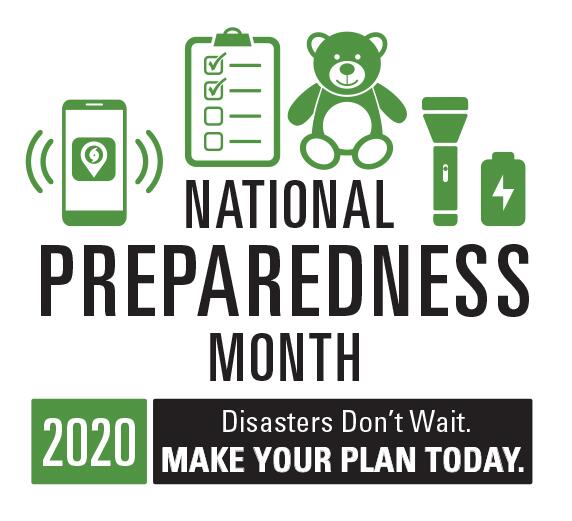September 2, 2020
 As we continue to support response efforts for Hurricane Laura and kick-off National Preparedness Month, we are pleased to share that several important NAPSG Foundation efforts were recently featured by the U.S. Department of Homeland Security, Science and Technology Directorate (DHS S&T).
As we continue to support response efforts for Hurricane Laura and kick-off National Preparedness Month, we are pleased to share that several important NAPSG Foundation efforts were recently featured by the U.S. Department of Homeland Security, Science and Technology Directorate (DHS S&T).
On September 1, 2020, Homeland Security Today released an article on “National Preparedness Month 2020: The Science of Being Prepared” where NAPSG’s Innovation Summit for Preparedness & Resilience (InSPIRE) was featured as a flagship event for sharing lessons learned and building peer networks. InSPIRE was highlighted as a cornerstone opportunity for how the community can build its capacity to better leverage science and innovative technology in preparedness for disasters. This article was authored by William Bryan, Undersecretary of DHS S&T.
Earlier this week, DHS S&T also released their weekly TWIST newsletter, which focused on how the agency is supporting Hurricane Laura’s response and recovery operations. It featured a NAPSG Foundation, DHS S&T, and FEMA collaborative effort known as the 2020 Disasters Crowdsourced Photos Platform.
Below is the segment featured in the newsletter:
“Under the DHS Tech Innovation Project, S&T worked with NAPSG Foundation and FEMA over a 3-year-period to advance a capability for using crowdsourced photos to provide first available ground-level situational awareness, validate estimated damage, locate debris, and assess the damage suffered by communities impacted by hurricanes and other disasters.
While the concept is not new – it has been used during every hurricane since Harvey – it was able to evolve into a true platform as a result of prototyping through S&T’s efforts under the DHS Tech Innovation Project. In particular, regional workshops in Colorado, South Carolina, and exercises at the Innovation Summit for Preparedness & Resilience (InSPIRE) helped to prove the benefit of this methodology.
In response to Hurricane Laura, FEMA offices, including the FEMA Response Geospatial Office, are using a 2020 Disasters Crowdsourced Photos Dashboard to understand impact by lifeline and help assess structural impacts. The FEMA Crowdsourcing Unit is using a similar site to brief the NRCC and regional offices, as is FEMA’s Urban Search & Rescue and the Louisiana and Texas state governments. For Hurricane Laura, more than 380 photos in the hurricane track were crowdsourced, validated, and damage assessed by lifeline. This effort directly supports FEMA and state/local/tribal/territorial communities by providing rapid situational awareness of the impact by community lifeline, in support of quickly re-establishing services and stability of critical community resources.”




